Mark Your Calendars: The Grand Tourist 2026 Guide to Art and Design Fairs
A great design or art fair sets the tone for the year, defines the conversations, and points to where taste is headed. These are the fairs defining 2026. Save the dates.
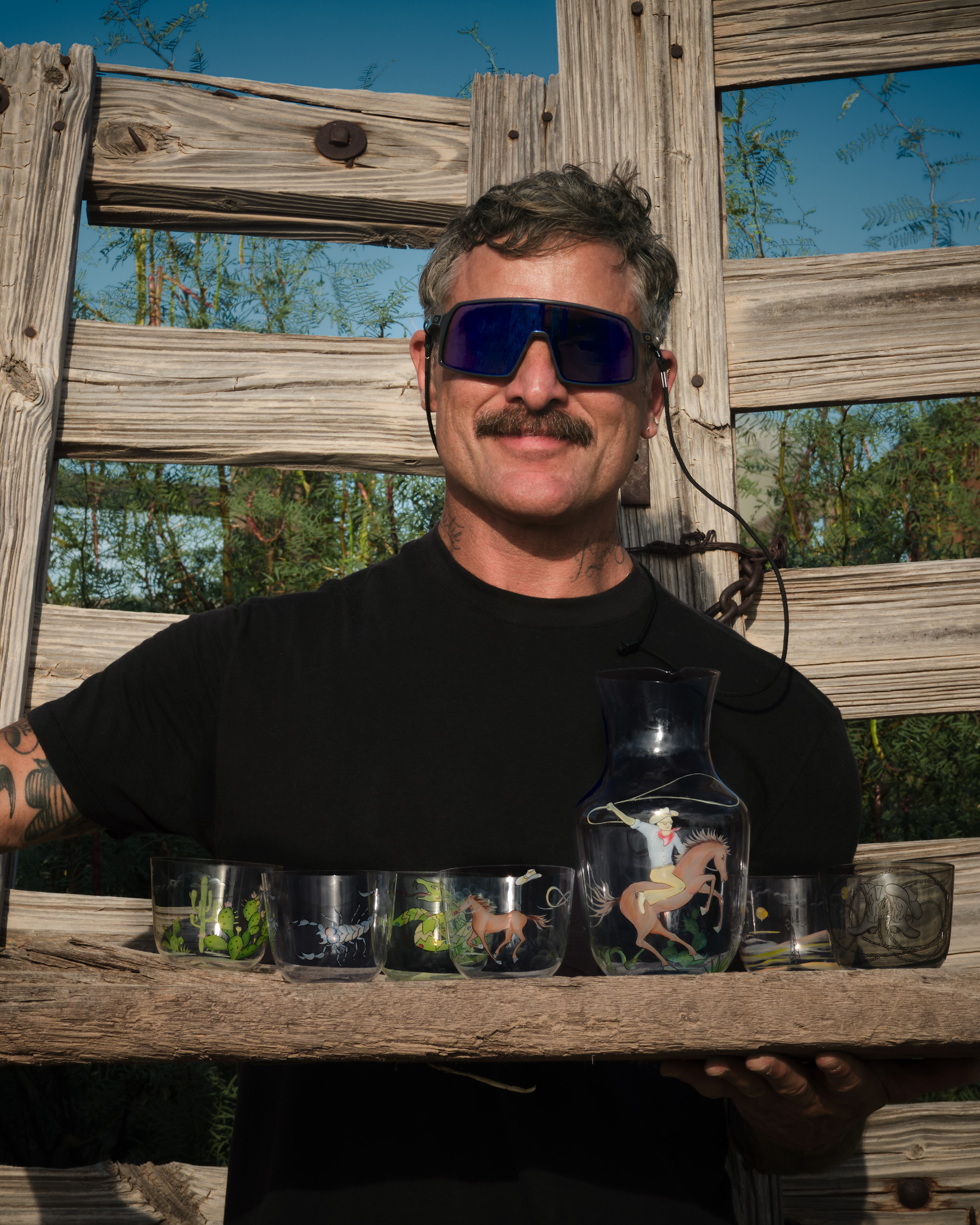
Welcome to The Curator, a newsletter companion to The Grand Tourist with Dan Rubinstein podcast. Sign up to get added to the list. Have news to share? Reach us at hello@thegrandtourist.net.
As one of the most recognized names in interiors and portrait photography today, Douglas Friedman could be forgiven for resting on his laurels after decades of shooting for magazines like Architectural Digest, New York, and Vogue Italia. Instead, he’s looking to expand his repertoire with product design. His latest collaboration is one that combines his considerable track record with the world of design and his adopted home of Marfa, Texas. Working with the online retailer Abask, Friedman has designed a line of limited-edition glassware consisting of six barely-there tumblers and one elegant carafe produced by one of the most hallowed names in Austrian design: Lobmeyr, which has produced handblown works consistently since 1823 for the likes of masters Josef Hoffmann and Thomas Edison, and especially the Wiener Werkstätte. For Friedman’s line, motifs inspired by the American West—cowboys, scorpions, cacti—are hand-painted onto the glass by the company’s sixth-generation artist, Louise Rath. I quizzed Friedman about how the collaboration came about, what Marfa means to him, and what his pal Martha Stewart is like as a houseguest. —Dan Rubinstein
How does Douglas Friedman spend a summer vacation?
Working. I’m a homeless person. I live out of two suitcases, and I work endlessly. It’s so much fun. I would say 92% of my time is spent working. I just finished a book I’m doing with Tommy Hilfiger that will come out in 2025. It’s about all of his homes, he and his wife, Dee. I’ve been close with the Hilfigers for probably 25 years. And weirdly, I’ve photographed all of Tommy and Dee’s homes over the past 15 years for the likes of Harper’s Bazaar and so on. We met this summer in Saint-Tropez to shoot his yacht called Flag, which was honestly the most insane five days I can remember in a long time.
What was the greatest thing about Tommy Hilfiger’s yacht?
The whole experience of being there. There’s the four-story staircase, the swimming pool, the staff of 22, the endless food and booze and toys and fun and laughter. They pick you up in a tender at the pier at lunchtime, and all of a sudden you’re whisked to literally the craziest world. They make it so comfortable and so easy. There was nothing bougie about it. The Hilfigers are the kindest, warmest people, and their hospitality is unrivaled.
How long have you been shooting?
Oh God. My career as a working photographer, meaning that I could support myself, probably began when I was 35 years old. So let’s say 17 years. Before that, my life was very different. I left college with a degree in anthropology and a minor in film. And I thought I would make documentaries. I was living in Los Angeles, and that kind of got sidetracked very quickly when I started working for a film director, David Fincher. And so for three years I worked with Fincher as his assistant on development and personal stuff. Seven, Fight Club, The Game. That was super exciting. Eventually it was ultimately disappointing. I thought, “I guess I’m not going to be a film director because I’ll never be as good as a Fincher.” So I sold everything I owned and backpacked across India and Nepal for a year. And when I came back from that trip, I needed a job. And a friend of mine got me a gig assisting Gilles Bensimon. And that kind of gave me this confidence that I could be a photographer as a career. I assisted for four years. Everyone. David LaChapelle and Terry Richardson and catalog photographers, and all types. But I always had a love for interiors and architecture, and slowly made my way into that world.
How did this Lobmeyr collection come about?
I’ve known [Abask founders] Tom and Ruth, as they’ve been friends. We started quietly working on collaborating together on this house I’m building and renovating in Brookhaven, New York. I was just trying to help them promote the idea that all the stuff that they were selling, these beautiful accessories, were things that you could start to curate for your home before the home was done. We designed an entire room at the house in Brookhaven with Steven Gambrel with this amazing wet bar, and we designed the wet bar because of the Lobmeyr Series B collection from Abask, these beautiful glasses that were done by Joseph Hoffmann. And so, all of a sudden I had this relationship with Lobmeyr. I saw in their catalog these beautiful hand-painted glasses with a mermaid theme. And I said, “What if we did a series of glasses inspired by my life in West Texas? And let’s base it on old tattoo flash art.” It was something that I thought was a little fresh and new, so not European in concept, and something perhaps a little more unexpected and youthful. And they were excited.
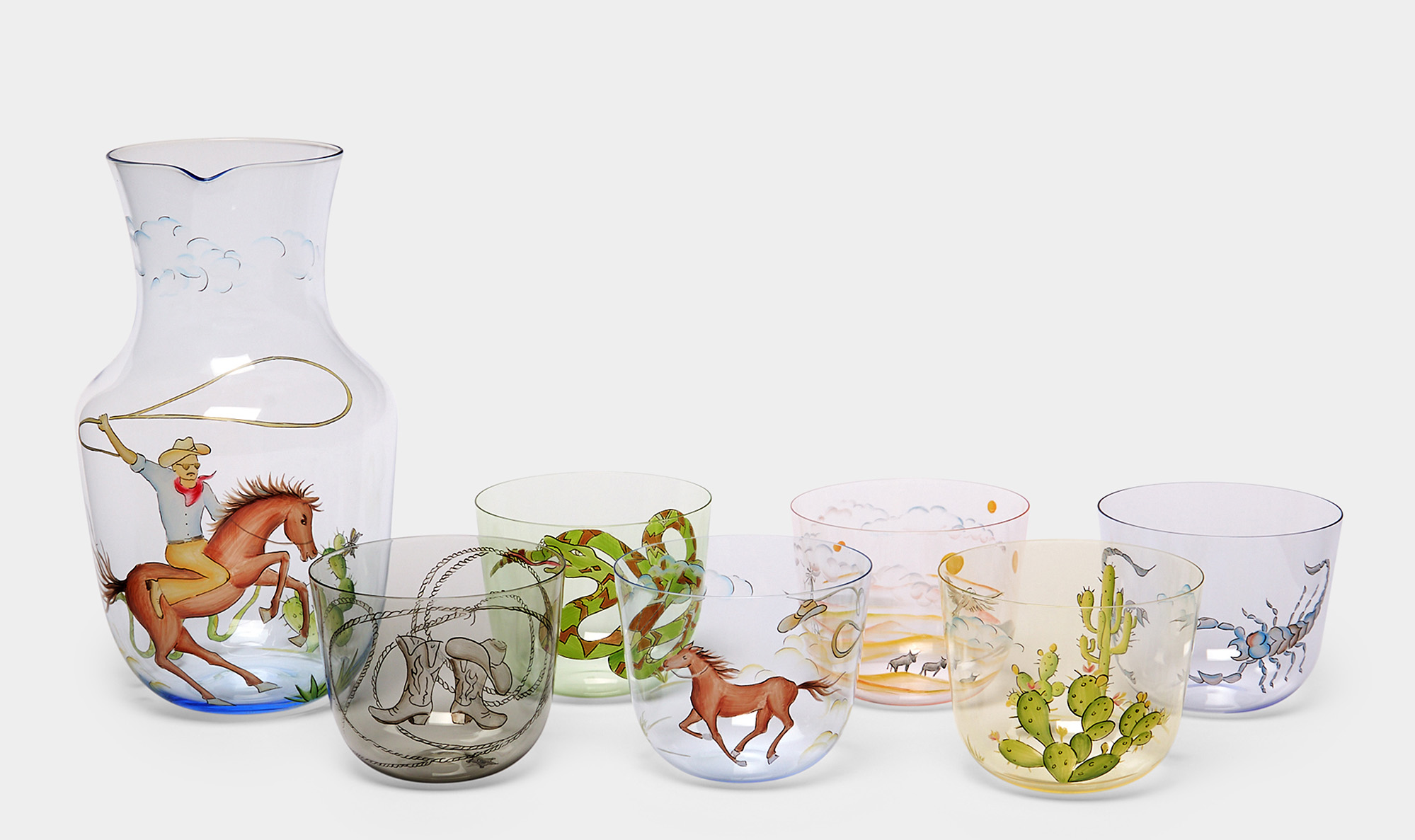
Tell me about this connection to West Texas.
I was born and raised in New York City, but about 12 years ago I went to Marfa to see Donald Judd’s work, and I was inspired by what I’d seen there. The vastness, the beauty, the solitude, and the loneliness of West Texas captured my heart in a way that I wasn’t even aware of until I found myself back there two months later, having purchased a 10-acre property at the end of a dirt road. I never intended to live there or move there, but now I do.
Do you see this as an entrée into more product and design and things like that?
I am, and I’m doing more. I didn’t expect to be taken seriously as anything other than a photographer. But this collaboration with Lobmeyr has legitimized this idea that I can do more, and my creative input and output is no longer limited by people’s perceptions.
Do you entertain?
I do love to entertain. I’ve been so fortunate to have, over the years, collected a group of friends that are the kindest, most brilliant and generous entertainers, like Martha Stewart and Ken Fulk. I’ve learned how to be a great host because I’ve watched them and how much they love to host. Now that I have a place in Marfa, I’ve learned to return the favor. I’ve had Martha Stewart stay at my house with me, the Hilfigers. It’s not about how much money you’ve spent, truly. It’s about how much you care about what you’re doing.
What’s Martha like as a houseguest?
Oh my God. I was so nervous. I was so nervous. I was like, do I have to hire a cleaning lady? Should I have a maid come every day to clean? Should I hire a cook to be in the house? What do I do? But I just hosted her the way I would anybody. So Martha showed up, and we literally had so much fun, and there was no one there. We all cooked, we all cleaned, we just did what we do normally. And it was a blast. And she said to me, “I had the best time. Thank you so much for having me, Doug. Most people—I don’t get invited to people’s homes very often because they’re all too scared to have me as a guest.”
What is the perfect weekend like in Marfa?
I designed the house with no curtains. It’s a lot of glass. So you wake up with the sun. The perfect weekends are sunrises and coffee, and walks and hikes, and eating and hanging out. And the nights are never too late. Or they can be, but usually they’re not. It’s easy. In the beginning, I didn’t know how to entertain there. I thought we wanted to keep people busy. But I’ve learned over time that people don’t want to be busy. They literally just want to come. One of the most rewarding things about Marfa is that there can be a lot to do, but really, it’s not like going to New York or Provincetown or Los Angeles. There’s so little to do that it’s so thrilling. It is so rewarding to actually understand that, to do nothing, to just kind of…sit. For me, it’s like I never get tired of sitting and staring at the sky. I didn’t know I could be that person.
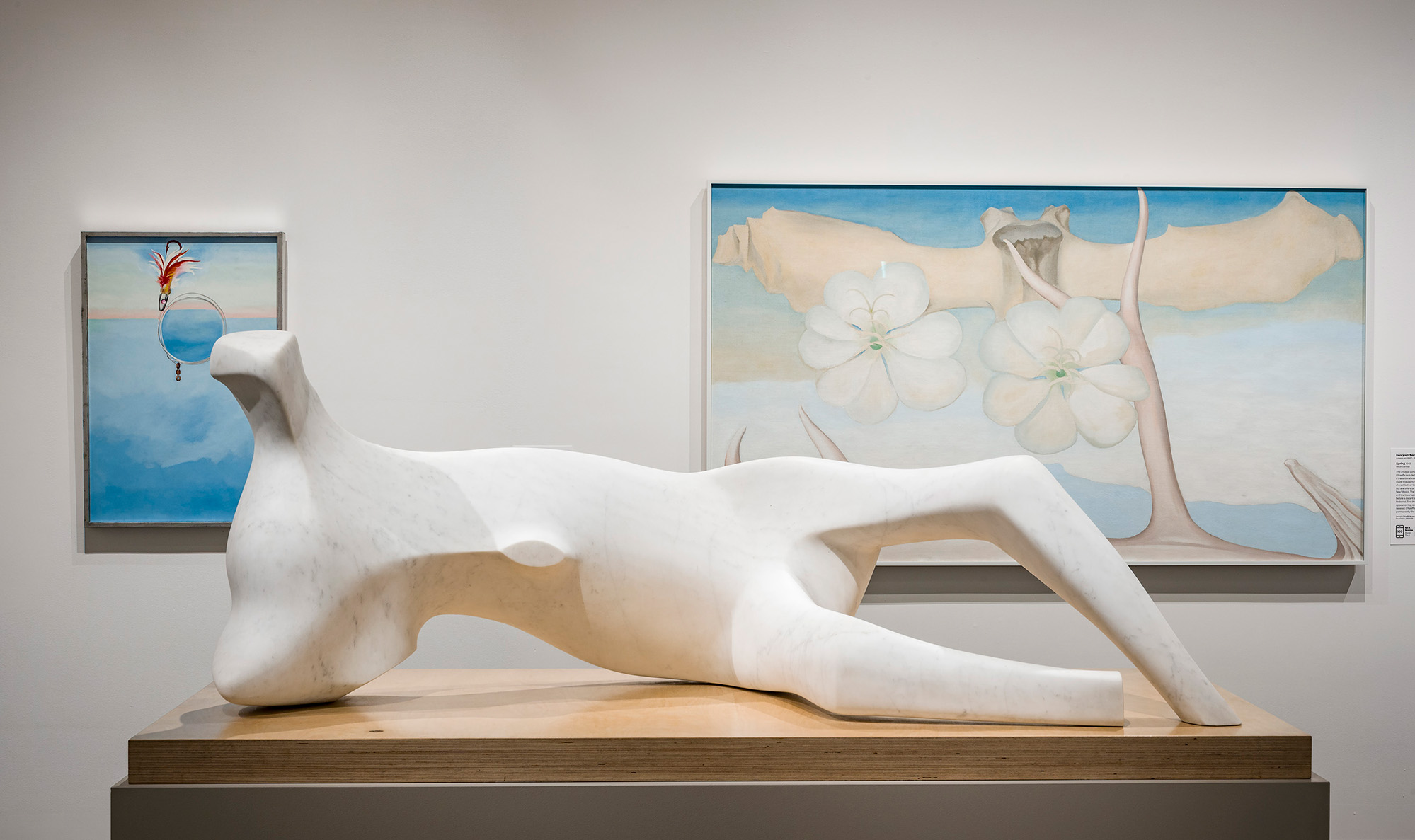
Two 20th-Century Greats Unite; a Korean Experimental Artist Debuts in New York; African Culture is Explored in Objects
Boston, “Georgia O’Keeffe and Henry Moore” (Until Jan. 20)
Through the mid-1900s, Georgia O’Keeffe and Henry Moore were toiling away in their studios on opposite sides of the globe—O’Keeffe painting the contours of flowers out in the New Mexico deserts and Moore casting bronze public sculptures outside London. The two titans died the same year, 1968. They were both keen collectors of animal bones, stones, and seashells, undoubtedly sharing the same fascinations. Featuring more than 150 paintings, sculptures, and works on paper, this exhibition places them side by side in a museum for the first time. mfa.org
Houston, “Tacita Dean: Blind Folly” (Until Apr. 19)
With 16mm film, prints, drawings, and sometimes chalk, British artist Tacita Dean has concocted an unexpected and diverse range of work. Her oeuvre includes a film documenting her futile search for Robert Smithson’s submerged Spiral Jetty, a book of forgotten photographs collected from flea markets, and huge blackboard drawings of imposing mountains. Her first museum survey highlights how she often lets chance play a part in her practice, hence “blind folly.” It showcases her blackboard drawings, a rotation of films, and new work made following her residency at Menil’s Cy Twombly Gallery. menil.org
New York, “Thomas Hart Benton: Where Does the West Begin?” (Opens Oct. 18)
“I was after a picture of America in its entirety,” explained Thomas Hart Benton in 1951. “I ranged north and south and from New York to Hollywood and back and forth in legend and history.” Indeed, the American painter’s sweeping paintings and celebrated murals—his most well known being the monumental America Today and The Arts of Life in America—pictured working-class industrial America and provoked controversy for their candid political content. Focusing on his depictions of the expansive West, this showcase features 48 paintings and works on paper. Cowboys, locomotives, deserts, and all. schoelkopfgallery.com
New York, “Off the Beaten Track: The Artistic Meanderings of Sung Neung Kyung” (Opens Oct. 17)
Born in South Korea in 1944, experimental artist Sung Neung Kyung grew up in the unsteady wake of the Korean War. His radically different use of performance and photography, before the genre of conceptual art, was groundbreaking. In one politically charged performance, a rebellious commentary on mass media, Sung cut out the text from daily newspapers so that only the ads were left. Now, at 80, the pioneering artist is moving from the fringes into the world of galleries. Coming off the heels of a group show at the Guggenheim, this is his first solo show outside of his home country, featuring recordings of past performances, subversive photography, and stagings of his ongoing performance series. lehmannmaupin.com
St. Louis, “Narrative Wisdom” (Opens Oct. 18)
Even today, presidents and monarchs continue the tradition of commissioning self-portraits to commemorate and preserve their legacies. All throughout history, art has served to document narratives, legitimize power, and pass down knowledge. In the late 19th century, the Chokwe people in Central Africa commemorated and showed off the power of their royal chiefs with beautifully carved wooden chairs. This exhibition examines the stories told by a collection of 150 sculptures, textiles, photographs, and paintings from sub-Saharan African countries, from the 13th century to today. Contemporary photography and work from African artists around the world complement the historic pieces. slam.org —Vasilisa Ioukhnovets

A great design or art fair sets the tone for the year, defines the conversations, and points to where taste is headed. These are the fairs defining 2026. Save the dates.
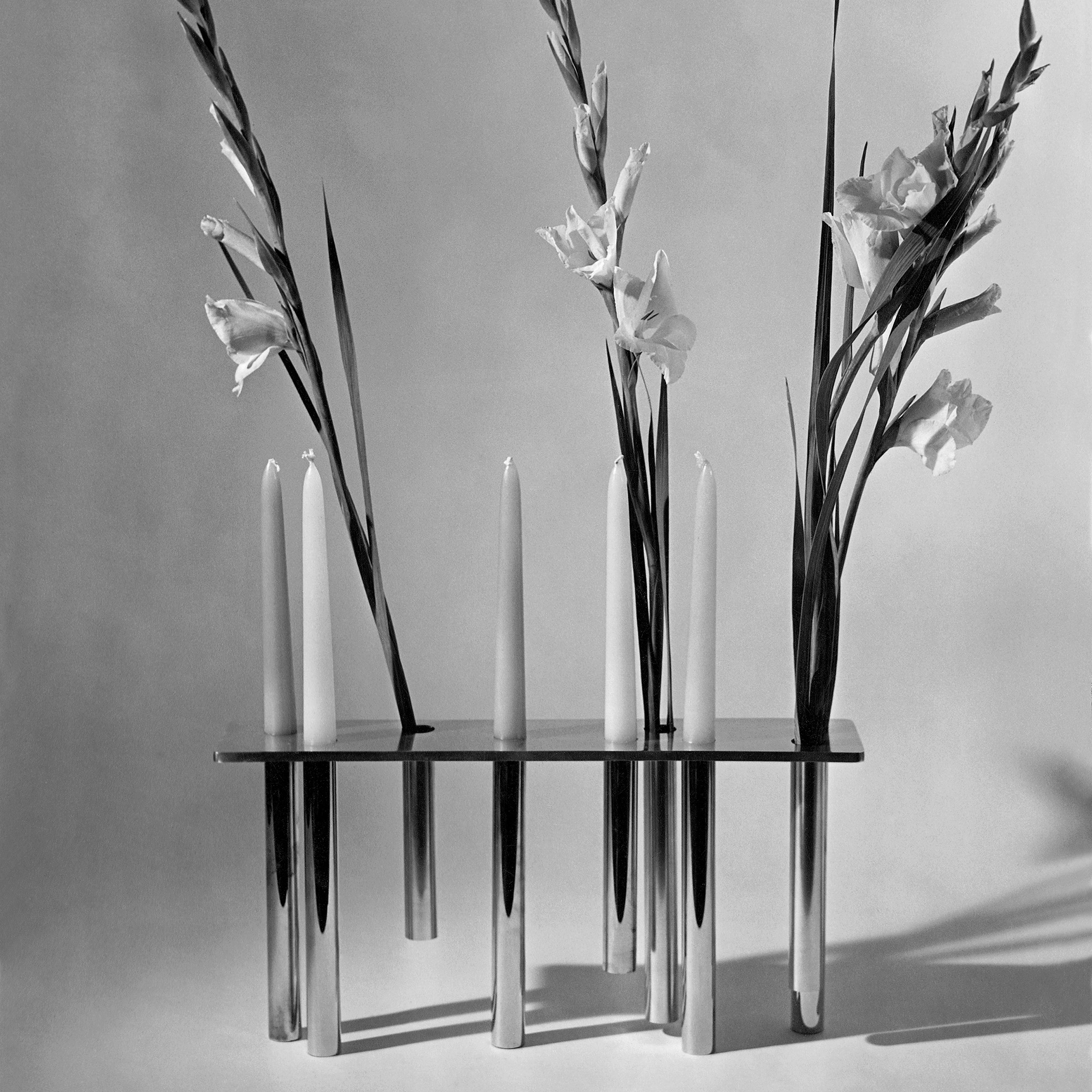
We assembled our favorite design objects for the people on your list that have everything, including taste.
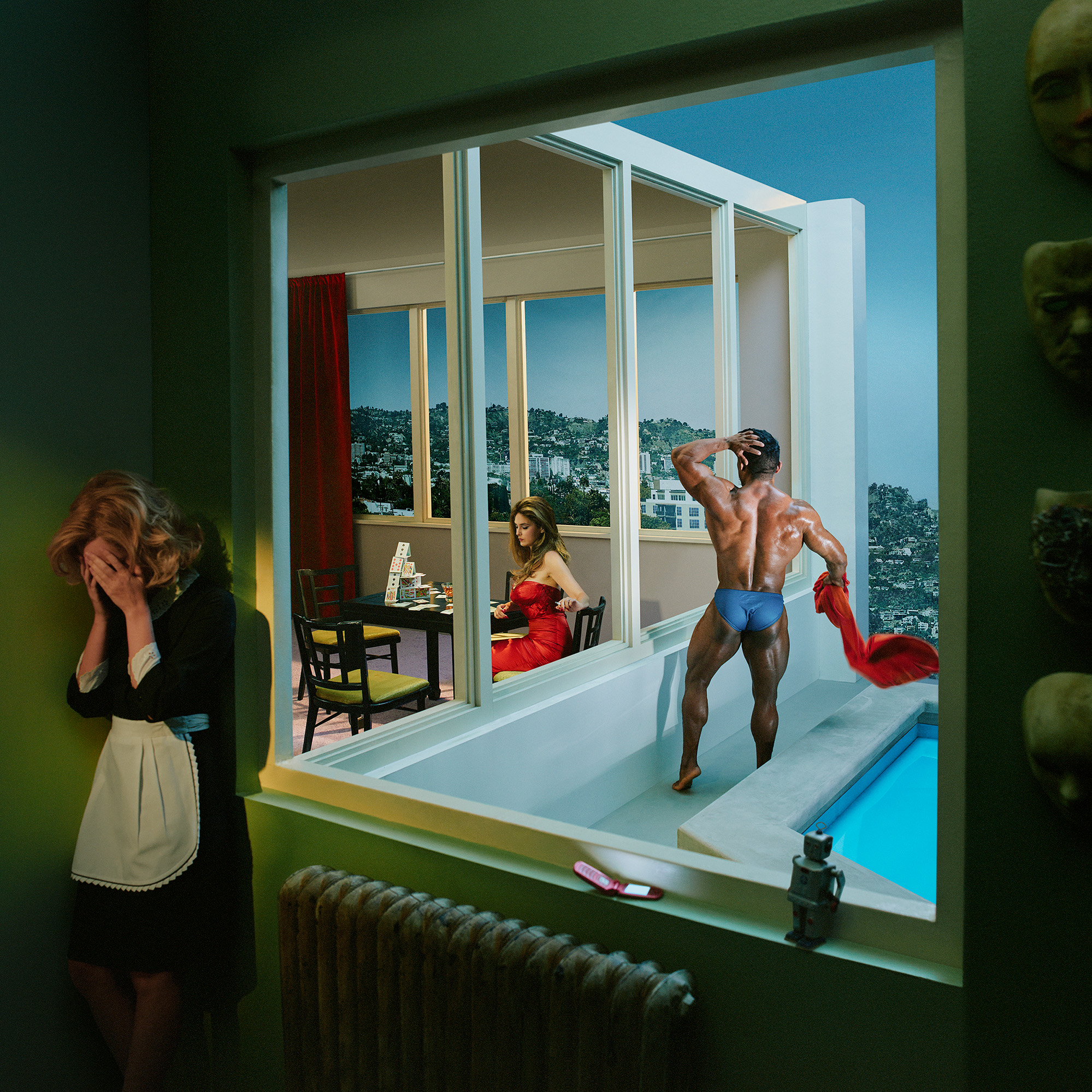
We checked in with our former podcast guests who will be inching through Miami traffic, unveiling new works, signing books and revealing new projects this year.